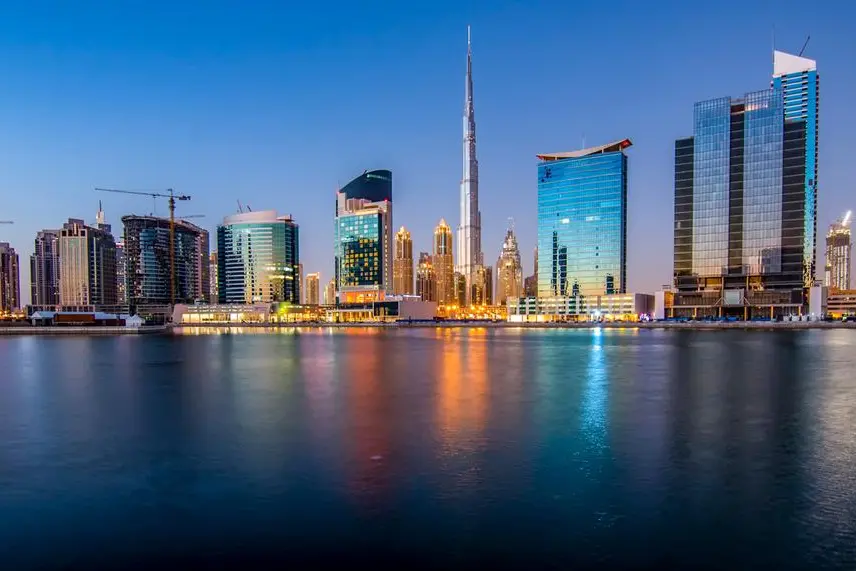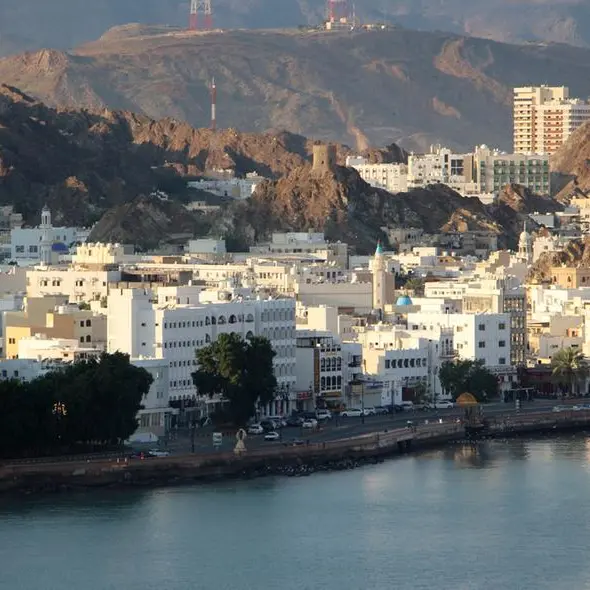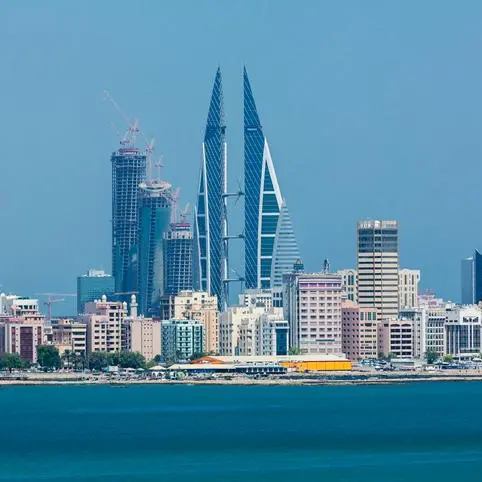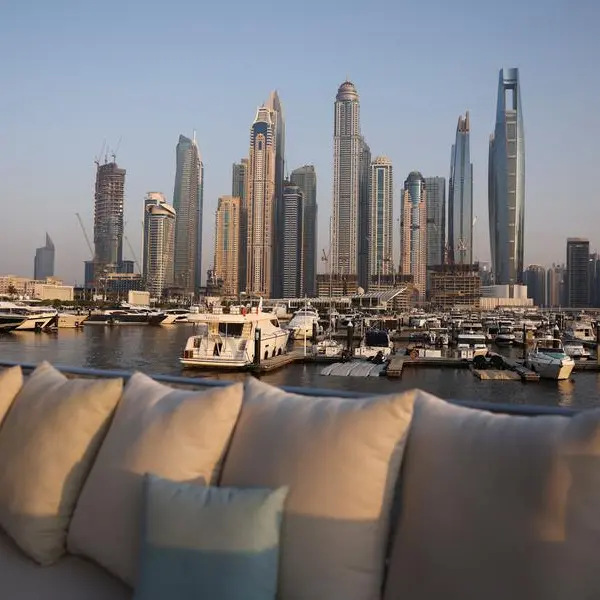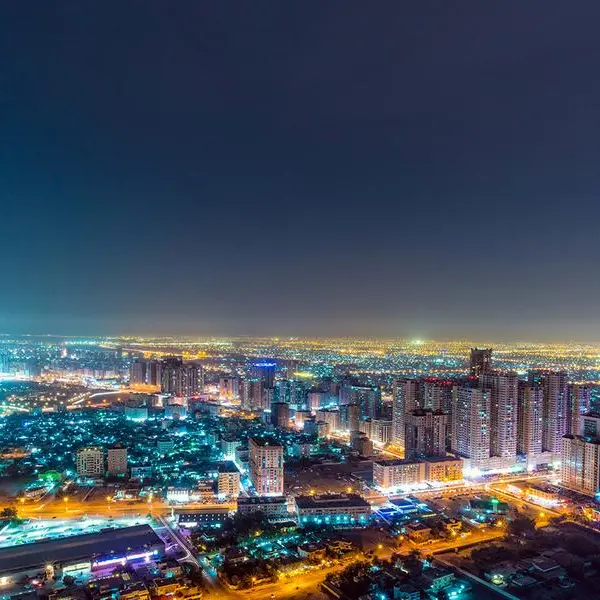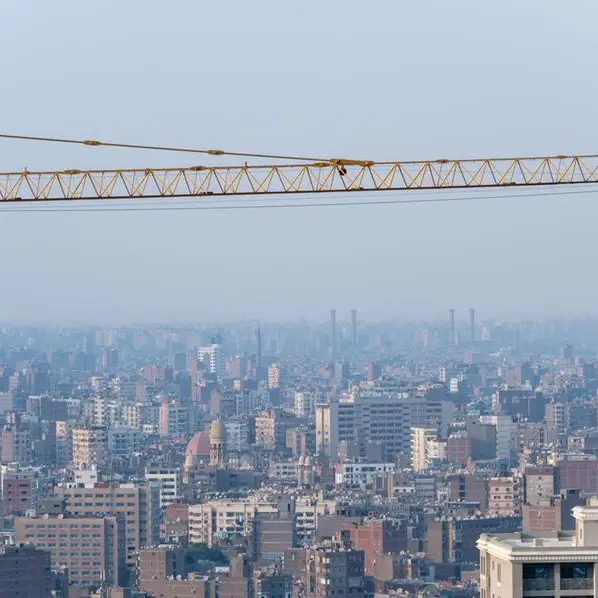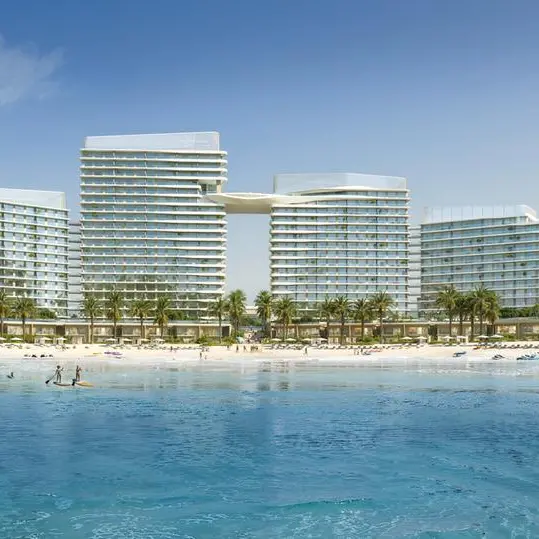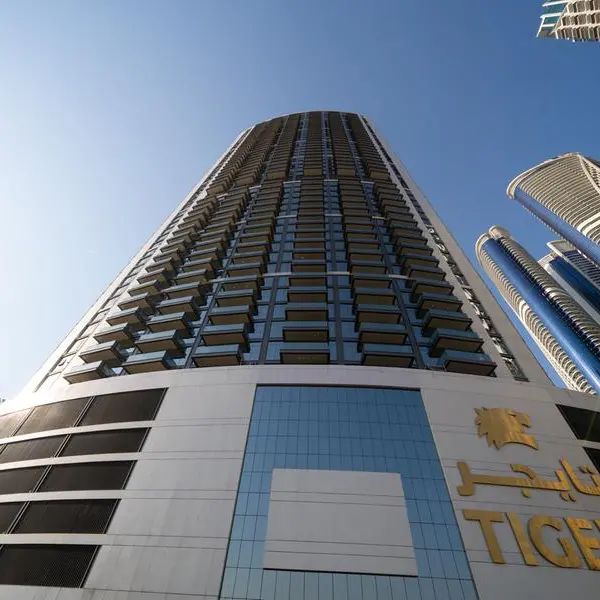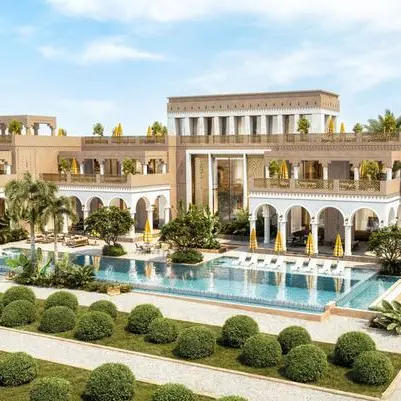PHOTO
Prices of residential properties in Dubai have seen their 11th consecutive quarter of growth, up by 5%, according to new data, with apartments in Dubai South seeing a 73% increase over the past year.
Property consultancy Knight Frank said average residential property prices rose by 5% in Q3 2023, with growth of 30% since Q1 2020 and 19% annually, but prices are still 7% below the peak of 2014.
Faisal Durrani, partner, head of research, MENA, said Dubai’s prime markets accounted for 4.8% of transactions by total value for the first nine months of 2023, while 51% of transactions were for secondary market sales, which he said reflected the high proportion of end users.
Off-plan market sales totalled AED 100 billion ($27.2 billion) for the first nine months of the year with ready homes reaching AED 104.9 billion.
Apartment prices in Dubai rose by 5.1% in Q3 2023, reaching more than AED 1,300 per sq. ft., growth of 26% increase since Q1 2020, but still 10% below the 2014 peak.
Dubai villa prices experienced a 4.5% increase between June and September, with an average price of AED 1,580 per sq. ft., up 57% increase since Q1 2020.
Prices of apartments in the Dubai South area had increased by 73% over the last 12 months, while those in Jumeirah Lakes Towers grew by 67%, and Umm Suqeim Third by 37%.
Dubai South villas have also recorded the most significant quarterly price change with prices up by 33% during Q3.
The Palm Jumeirah is still the most expensive apartment submarket at AED 3,390 per sq. ft., with prices surpassing Q1 2020 levels by 122%, Knight Frank said.
Cash buyers continue to dominate the market, constituting around 80% of transactions in Q2 2023, helping insulate the market from rising borrowing costs and contributed to record sales in 2023.
“While cash transactions have been at their highest level on record at 82.4% during H1 2023, there’s a possibility that many buyers will consider refinancing in the future,” the report said.
The agency said the city’s population is projected to reach 7.8 million by 2040, meaning a significant increase is needed in residential development, especially in prime markets, where only 368 homes are currently under construction, while there are 77,874 homes due for delivery overall by 2028 excluding branded residences, which is significantly below historical building rates.
“In the past, Dubai's residential property market has been affected by an oversupply, which has hindered capital value growth,” the report said.
“However, developers have been measured in addressing the current demand, leading to noteworthy price appreciation.”
Durrani said: “Our forecasts are not without risk. A global economic slowdown and the knock-on impact on the local economy, combined with the risk of an escalation in regional tensions are medium to high risks, with the latter potentially emerging as a key catalyst for higher oil prices.
“This in turn could fuel global inflation and higher interest rates, which could drive up borrowing rates further and therefore dampen demand.”
(Reporting by Imogen Lillywhite; editing by Seban Scaria)
